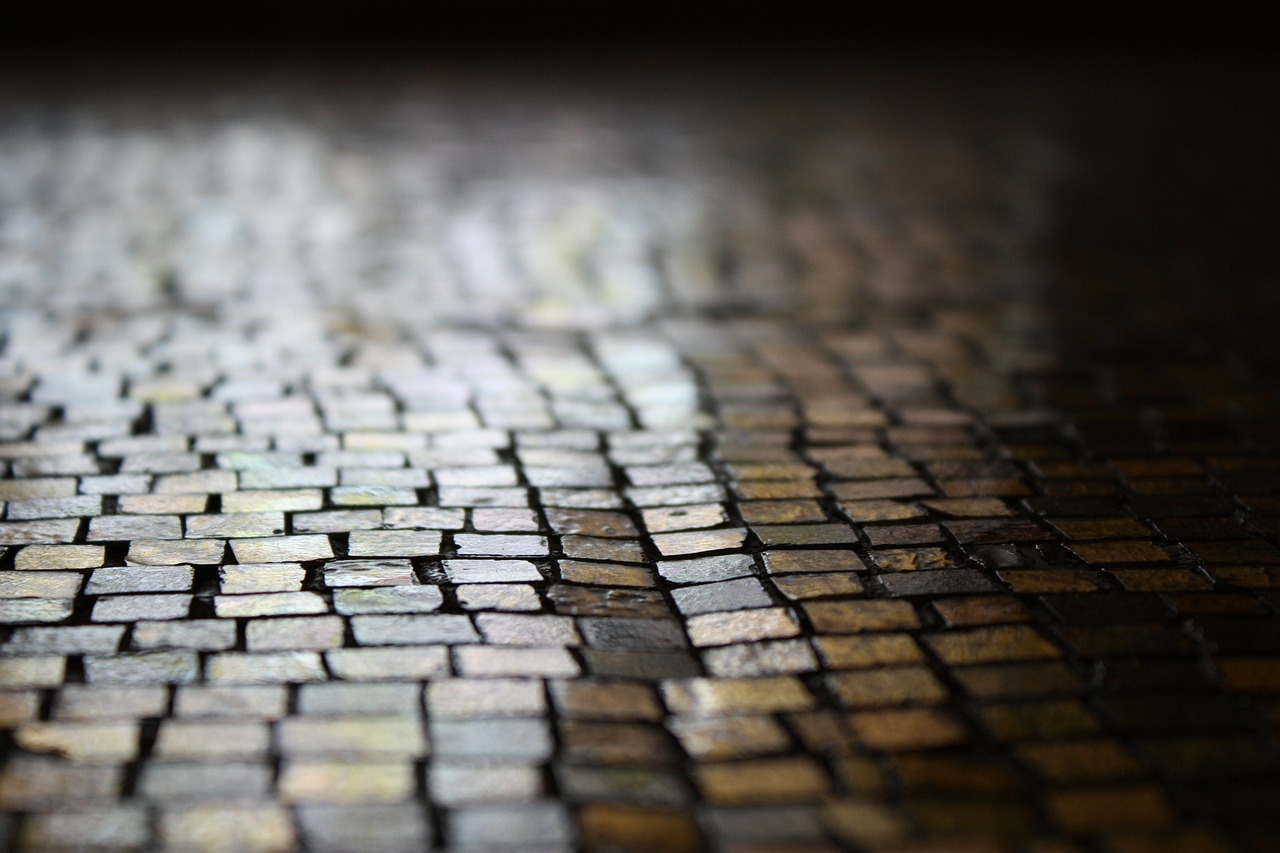Maintaining the Beauty of Your Glass Tile in Denver
March 17, 2016

Glass has been used as a building material since the 3rd century B.C. Several examples of preserved Byzantine art shows that it was used for decorating walls and ceilings in the homes of the wealthy, and in churches. Glass became more widely available in the mid-1800s when production innovations made it much more affordable. In addition to having an eye catching luminosity that adds to the openness of the room, it is also environmentally friendly and easy to care for.
Glass tile is one of the most popular choices for kitchen backsplashes and bathrooms accents today.
Glass Tile in the Kitchen
The natural sheen impervious nature of glass is slow to show the grease and grime associated with cooking. It’s also very easy to clean, making it ideal for the kitchen. No need for expensive cleansers. A 50/50 solution of water and vinegar should be perfect for average daily cleaning. You can spray this solution on and let it soak for a few minutes before wiping. Then rinse with clean water and polish with a soft, non-abrasive towel to prevent water spots. A microfiber towel is ideal, but rags made from old t-shirts work well too. Adding baking soda to this mixture can take out tough stains as well. Just make sure it’s well dissolved, and isn’t too abrasive so that it doesn’t scratch. Adding a mild dish detergent, like Dawn, enhances to the solution’s grease removing abilities.
Bathroom Glass Tile
It is inevitable that soap scum and hard water deposits will accumulate on any surface in the bathroom. Vinegar and water, in any of the cleaning combinations that we have discussed, are especially effective cleaners in the bathroom. The acidic nature of vinegar naturally dissolves mineral deposits left behind by hard water. For soap and hard water stains, spray the solution on the glass tile and let stand for 15 minutes. This allows the vinegar to loosen the stains. Rinse and repeat as necessary. Once deposits have been removed, wipe with a soft cloth or sponge.
Cleaning Grout
Water, vinegar, and baking soda are all perfectly safe for grout. Once you have sprayed with the cleaning solution, let stand for 10 minutes and repeat. Stains can be removed with a soft bristle brush. Be sure it isn’t too coarse, as it could both remove the grout and scratch the tile. In more humid climates bleach is often used, especially in bathrooms to prevent mold. It’s not recommended, especially if your grout is a bright white as bleach can cause it to yellow. If you are concerned about mold and choose to use bleach, be sure to dilute the solution at least 10 to 1 to prevent yellowing. Don’t leave the solution to soak, rinse quickly and thoroughly. Hydrogen peroxide or alcohol is a much safer alternative in this case. Instead of spraying it on the grout, soak some onto an absorbent, non-abrasive cloth, and wipe away stains. Magic eraser type products can be effective for tile as well.
If you have any questions or need any help coming up with design options for your kitchen or bath, call the professionals at Natural Stone Sales. Call 303-777-7485 to set up an appointment. They can consult with you what materials and surfaces would be best for the area you have in mind. Find out more useful info like the environmental benefits of using natural stone in Denver.
Go Back